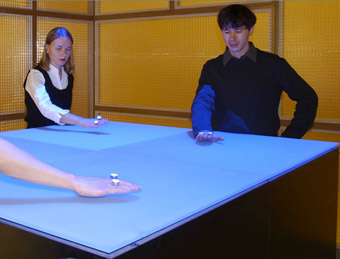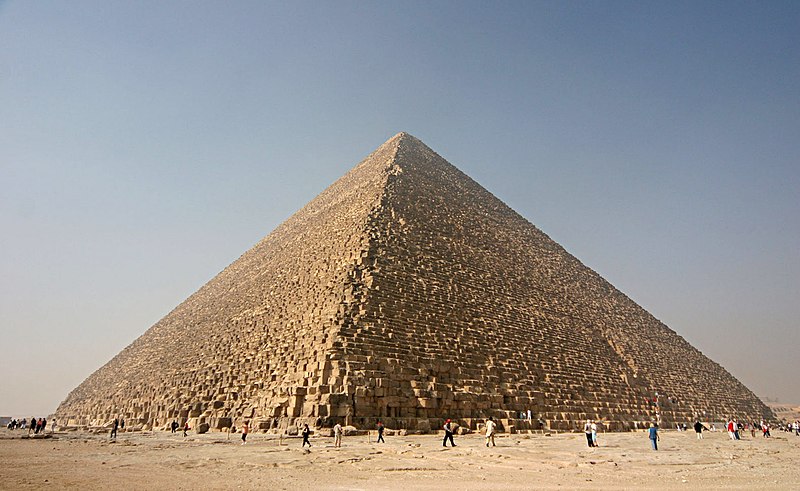Professor Vesna’s lecture this week allowed me to glimpse
into the history linked to industrialization and the concept of mass production
behind the creation of robots. This all started in the Industrial Revolution, an age when society was greatly affected by new manufacturing processes.
Today, in American society, it seems like there is an everlasting debate about robots and their use in the real world. While robots may greatly assist with performance of arduous and dangerous tasks, there is always the risk of robot autonomy that exist. However, according to our guest speaker Professor Machiko Kusahara, she talked about the difference in perceptions between Western society and Eastern society on robots. She mentioned that in Japan, engineers are all interested in creating humanoid robots who are friendly and may even be used to care for the elderly people. In many ways, robotics combines two of Japan's biggest cultural crushes: animation and technology. Many experts even mention how "humanoid robots may be even seen as living things and desirable members of families."

Above are pictures of the latest Japanese "supermodel" robot that was unveiled recently. Although its main use is currently in the entertainment industry, it is quite exciting to think of all the endless possibilities that robots may possess in the future!
In contrast, Kusahara believes that the West casts robots as forces of evil that pose as a threat to world peace and job security. I feel this represents the general concensus of American society, as most of the things I hear about robots in the media are all negative. One film that demonstrates such negativity about robots is I-Robot, which I'm assuming everybody has seen.

Judging from the plot of this amazingly violent film, I believe that the film producer is trying to tell us that we should be careful of what we create. Much like the atomic bomb, it may really push mankind to the next level of technological innovations. However, at the same time, it can be very hard to unmake, and has the potential to destroy us all. This represents the Western view that Professor Kusahara mentions: the distrust and fear of robots.
Without doubt, robotics has advanced our technological capabilities greatly. At the same time, though, it has erased the uniqueness, perception, and the aura from original pieces of art. Artists now are using robots and technology into helping design and creating art. Walter Benjamin argues in his paper that technology itself such as film and photography has erased the originality and authenticity of a work of art that has not yet been reproduced. I believe that using robotics via computers has allowed artists to even explore freedom and creativity without having to worry about a single mistake. Robotics has not corrupted art; instead it has allowed for innovation and creation.
Citations:
Media Speedway: How the Assembly Line Produced Mass Media. 2011. Photograph. http://maggieschneider.files.wordpress.com/2011/09/industrial-revolution.jpg w=300&h=232. 15 September 2011.
Benjamin, Walter. The work of art in the age of mechanical reproduction. London: Penguin, 1936. Print.
"Photo in the News: Ultra-Lifelike Robot Debuts in Japan." Daily Nature and Science News and Headlines | National Geographic News . Web. 20 Oct. 2013.
"Industrial Revolution - Wikipedia, the free encyclopedia." Wikipedia, the free encyclopedia. Web. 20 Oct.
Professor Machiko Kusahara on japanese robotics. Dir. Victoria Vesna. Perf. Machiko Kusahara. UCLA, 2013. Film.
Unit 3. Dir. Victoria Vesna. Perf. Victoria Vesna. UCLA, 2013. Film.
Image from Irobot. 2011. Photograph. http://www.jamiemaing.com/wpcontent/uploads/irobot.jpg Web. 11 June 2011.







































